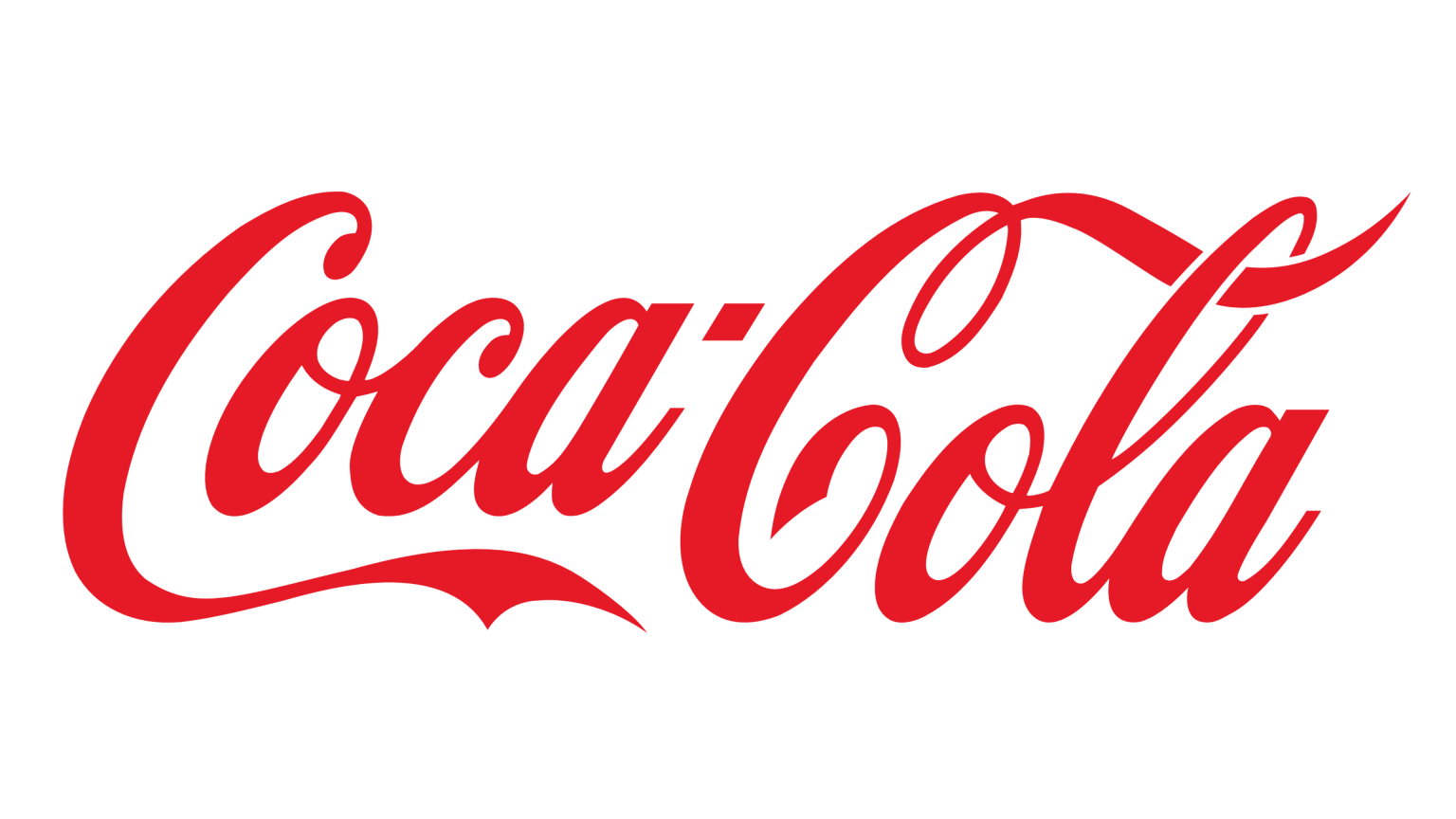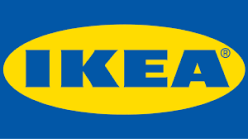Have you ever found yourself purchasing the same product in different countries, only to be surprised by significant variations in taste, components, and price? It’s a common phenomenon that can leave consumers perplexed. Whether it’s beverages, food items, cars, cosmetics, or fashion, variations in product quality and pricing are prevalent in today’s global marketplace.
Meals and Fast Food
In 1986, The Economist introduced the Big Mac index as a lighthearted guide to determining whether currencies are at their “correct” level. This index is based on the concept of purchasing-power parity (PPP), which suggests that exchange rates should eventually adjust to equalize the prices of an identical basket of goods and services (in this case, a Big Mac) in any two countries.


Although “Burgernomics” was initially created as a simplified tool for understanding exchange-rate theory, it has evolved into a global standard. It is now included in numerous economic textbooks and has been the subject of numerous academic studies. For those with a more refined palate, a gourmet version of the index is also available.
As an example, consider Ikea‘s iconic meatballs dish. In Dubai, United Arab Emirates, you can enjoy it for as little as 15 AED (equivalent to 3.75 euros and 4.08 dollars) according to the company’s website. In contrast, the exact same meal is priced at 6.49 euros (equivalent to 25.95 AED and 7.06 dollars) in the Netherlands, and in Japan, a version with 12 meatballs is available for 1,290 yen (7.92 euros, equivalent to 31.67 AED and 8.62 dollars). Notably, the taste of Ikea’s meatballs varies significantly from one country to another, reflecting the influence of local preferences on product formulation.
Soft Drinks
Coca-Cola acknowledges that not all its products are identical. According to Ian Muir, the company’s British spokesperson, “We go to great lengths to ensure that Coca-Cola is the same wherever you drink it. However, Diet Coke may vary slightly from one country to another due to the use of different sweeteners.”
Coffee
Nescafe coffee, another global favorite, undergoes minor recipe adjustments to cater to distinct markets. Marion Irving, of Nestle UK, explains that the French prefer a stronger, fuller-tasting coffee compared to the British.
Electronics
Pricerunner.com conducted a study comparing the prices of various electronic goods in 28 cities around the world. The products included items such as the movie “Thor” on blu-ray, the Canon PowerShot s95 camera, the PlayStation 3, the Samsung Galaxy S2 phone, and the Samsung Galaxy Tab 10.1 tablet. According to the research, purchasing all these items would cost $1,757 in Tokyo; $1,969 in New York City; $2,012 in Dubai, United Arab Emirates; $2,450 in Copenhagen; $2,441 in Vienna; $2,540 in Cape Town, South Africa; $2,965 in Reykjavik, Iceland; and $3,387 in Sao Paulo. In another survey, the site compared the prices of an Apple MacBook Air, 32 GB iPad 2, and a 16 GB iPhone 4. The three items combined were cheapest in Tokyo at $2,225, and most expensive in Sao Paulo at $4,160. The same items would cost $2,745 in New York. Additionally, product features may also differ from one country to another.
Cars
The same phenomena apply to cars. For example, a standard 2013 Jeep Grand Cherokee that sells for about $28,000 in the U.S. costs a whopping $89,500 in Brazil. The cost of buying gas also varies significantly, with OPEC countries offering gas for less than a dollar per gallon, while Americans pay about $3.90 per gallon. Most Europeans have to pay double that. Furthermore, the features of the same vehicle may differ between countries, such as Canada and Saudi Arabia.
The Science Behind Variations
Research conducted by outlets like The Guardian and Yahoo Finance reveals the science behind these variations. While billions are spent on marketing global brands, many manufacturers prefer not to publicize the fact that they occasionally modify their recipes. However, when asked, companies have a similar response. Steve Milton of Unilever, the Anglo-Dutch conglomerate, emphasizes the importance of aligning brands with local tastes. While they strive to maintain brand consistency, they also recognize the necessity of adapting to regional preferences. Ultimately, consumer satisfaction plays a paramount role in shaping a product’s taste and composition. “If you provide consumers with something they don’t like, they simply won’t buy it.”
Other Factors for Adjustments
Other primary reasons for adjustments in other products like automobiles, electronics to name a few lie in the diversity of consumer palates worldwide, differences in taxes across countries, import duties, and perceived value. For example, Brazil imposes an extremely high import duty of 60%, which makes imported goods like cars and phones significantly more expensive. In contrast, many products are cheaper in Japan due to lower import taxes and better wholesale prices.
Even local taxes can make a substantial difference. If San Francisco has an 8% sales tax and London has a 20% Value-Added Tax (VAT), this will significantly affect the prices paid by consumers. It’s important to note that there is a significant difference between the treatment of sales tax and VAT when it comes to exports and imports, as VAT is charged on the item when exporting goods, whereas sales tax is not. These complexities in taxation and consumer preferences contribute to the intriguing variations in products across the globe.
In addition to the above general factors, in food and beverage related products factors like weather conditions, soil nature and irrigation for instance play an additional significant role in influencing ingredients taste worldwide.
In Jesta Freak we also understand the importance of human’s short memory, that works in favor of brands. Only Angel Customers of specific products can identify even the smallest twist in their favorite food and beverage’s taste and ingredients.



















